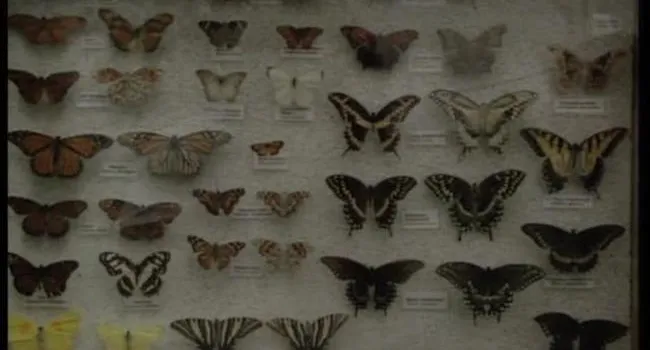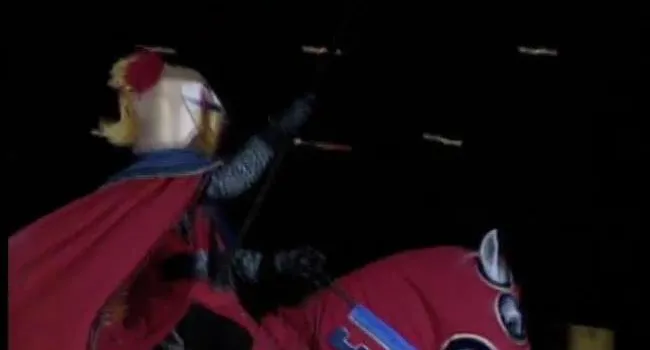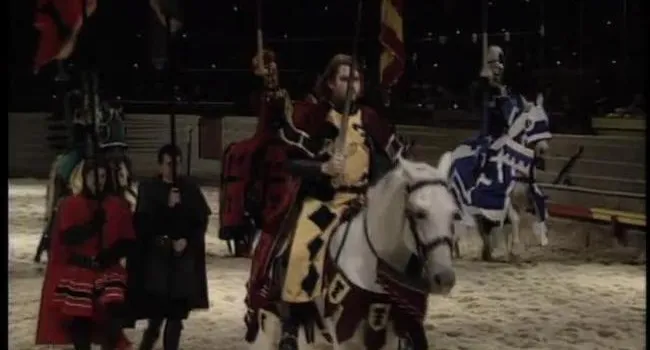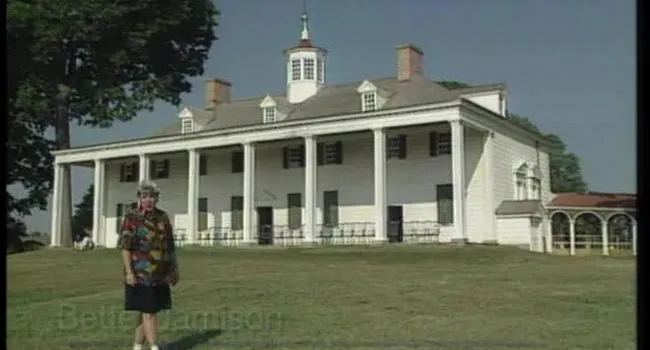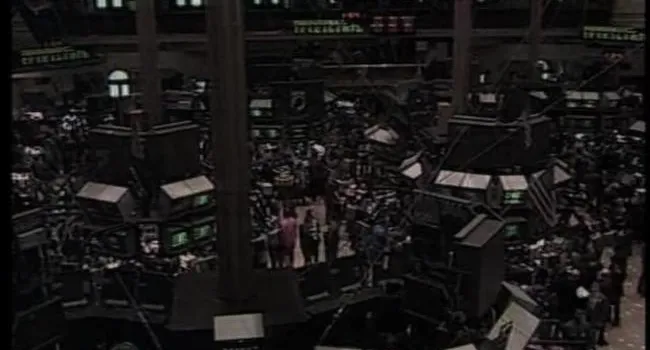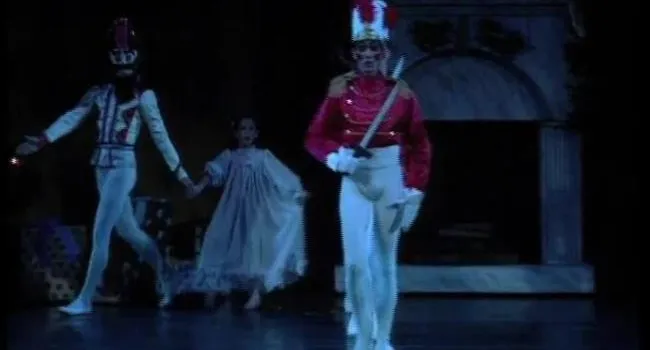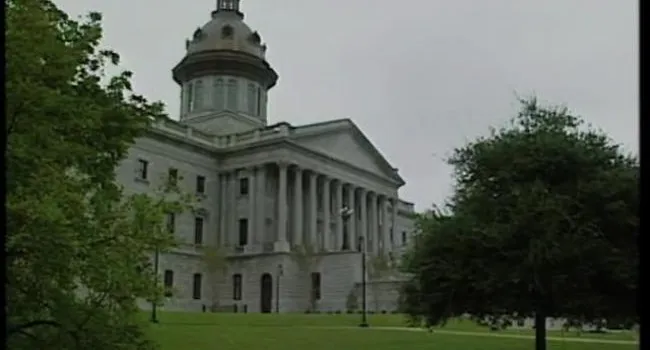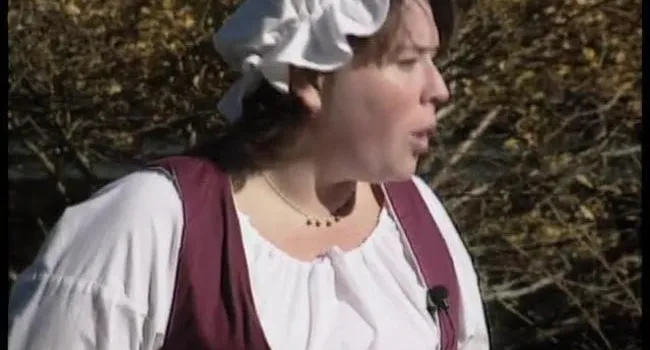The location where the filming takes place is considered the ultimate set because it consists of restored Colonial buildings. Archaeologists find and uncover the sites of these historic buildings, and historians research and create designs of how the buildings once looked. Information on the buildings can be gathered in several different ways. Some houses survived; for others, there are photographs or paintings of how the building originally looked.
Old-fashioned techniques are used to rebuild on the site. Getting antique and authentic materials can be difficult. Wood used in the 18th century is not available today, so a handsaw is used to make new lumber look old. The lumber is then allowed to dry for up to a year and it is planed by hand. In Colonial England, women and children made nails; now blacksmiths in town make them. Bricks are also made in town. Plaster is made from horsehair, putty from oyster shells, and sand. Colonial tools came from England; now carpenters use replicas.
The costume department contains a research-and-development team. Team members look at antique garments from the 1760 to 1775 period. They draft patterns, examine stitching, choose fabric, and create a formula for how the garment is put together. Most materials used are purchased on the open market unless it is a specialty item. A mock-up of the costume is created and then modified to fit 21st-century people. Some alterations almost always have to be made, such as squaring the shoulders and moving the armholes forward for posture and comfort. Maintenance, repairs, and alterations are an essential role of the costume department. The cast is dressed from head to toe and from the skin out. The thorough dressing includes stockings, hats, breeches, wigs, shirts, coats, vests, shoes, and cloak or drape. Cleaning costumes can be expensive, so it is done on site.




